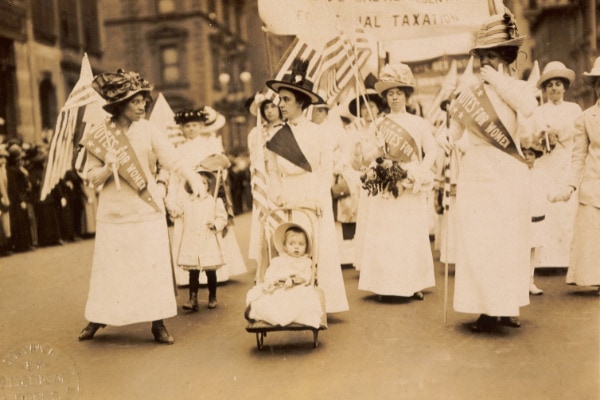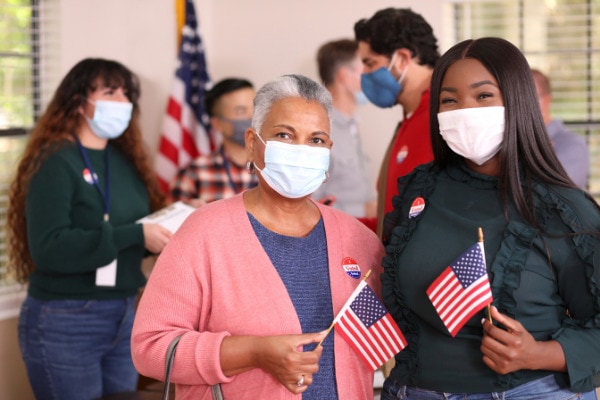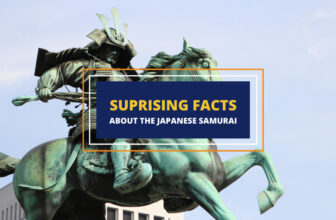
Table of Contents
The history of the women’s suffrage movement is long and full of many successes, disappointments, twists, and turns. This history is a fascinating window to a rather special period of American history. The movement also intertwines with multiple other key movements and events in American history such as the Civil War, the African American right to vote, racist tensions, the First World War, and more.
In this brief article, we’ll look into the women’s suffrage movement and go over the main timeline here.
Origins of the Fight for Women’s Voting Rights

The inception of women’s suffrage can be traced back to the start of the 19th century, before the Civil War. As early as the 1820s and the 1830s, most US states had already extended the right to vote to all white men, regardless of how much property and money they owned.
That, in and of itself was a major step from a historical point of view, but it still kept the right to vote restricted from most Americans. However, this milestone in voting rights gave some women the incentive to start pushing for women’s rights.
A couple of decades later, the first women’s suffrage activists assembled in the Seneca Fall Convention. The convention was held in 1848 in Seneca Falls, New York. It included mostly women but also a few male activists who’d begun advocating for women’s rights. The organizers of the event were the now-famous reformists Elizabeth Cady Stanton and Lucretia Mott.
Naturally, the convention reached an easy conclusion – women are their own individuals, and they deserve to have their political views heard and accounted for.
Impact of the Civil War
Most of the American public didn’t care much at the time about the conclusion of a few activists at a convention in New York State. The advocacy for women’s rights was slow and hard-fought in the 1850s but it managed to attract people’s attention. However, because of the American Civil War in the 1860s, progress for women’s voting rights slowed.
Not only did the war take over the attention of the American people, but it was also followed by the ratification of the 14th and 15th Amendments to the US Constitution. While great in and of themselves, these two amendments did little to advance women’s rights. In fact, they did quite the opposite.
The 14th amendment was ratified in 1968, specifying that constitutional protections now extended to all US citizens. There was the small detail, however, that the word “citizen” was still defined as “a man”. The 15th amendment ratified two years later, guaranteed all Black American men the right to vote but still left out women of all races.
The suffragettes chose to look at all this not as a setback but as an opportunity. An increasing number of women’s rights organizations began emerging and focused on the 14th and 15th amendments as issues on which to push lawmakers. Many even refused to support the 15th amendment not because of what it included but because of what it was still missing – rights for women of color as well as white women.
Ironically, racist southern post-war organizations also joined the cause for women’s rights. Their incentive was quite different, however – in the presence of the two new amendments, such people saw women’s rights as a way to double “the white vote” and gain a bigger majority over Americans of color. In fairness, their math did check out. More importantly, however, they did end up supporting the right issue even if they were doing it for the wrong reasons.
Division in the Movement

Still, the racial issue did temporarily drive a wedge in the movement for women’s rights. Some suffragettes fought for a new universal suffrage amendment to the constitution. Notably, the National Woman Suffrage Association was founded by Elizabeth Cady Stanton. At the same time, however, other activists believed the women’s suffrage movement was hampering the still young Black American enfranchisement movement as it was quite unpopular.
This division cost the movement about two full decades of suboptimal effectiveness and mixed messaging. Still, by the 1890s, the two sides had managed to work out most of their differences and established the National American Woman Suffrage Association with Elizabeth Cady Stanton as its first president.
An Evolving Movement
The activists’ approach had begun to change too. Instead of arguing that women were the same as men and deserved the same rights, they began emphasizing the point that women are different and therefore their point of view needed to be heard as well.
The next three decades were active for the movement. Many activists held rallies and voting campaigns while others – namely through Alice Paul’s National Women’s Party – focused on an even more militant approach through White House pickets and hunger strikes.
Things seemed to be growing to a turning point by the mid-1910s when another major war put a halt to the movement – World War I. As with the post-Civil War constitutional amendments, however, the suffragettes saw this as more of an opportunity than anything else. Because women were actively involved in the war effort as nurses as well as workers, the women’s rights activists argued that women were clearly as patriotic, as diligent, and as deserving of citizenship as men.
Mission Accomplished

And that final push did indeed succeed.
On August 18, 1920, the 19th amendment of the US constitution was finally ratified, granting U.S. women of all races and ethnicities the right to vote. On the very next election 3 months later, a total of 8 million women went out to vote. Flash forward to US elections a hundred years later, and women are voting at rates greater than those of men – ever since the infamous Reagan vs. Carter election in 1980 women have been outperforming men in the voting booth.








